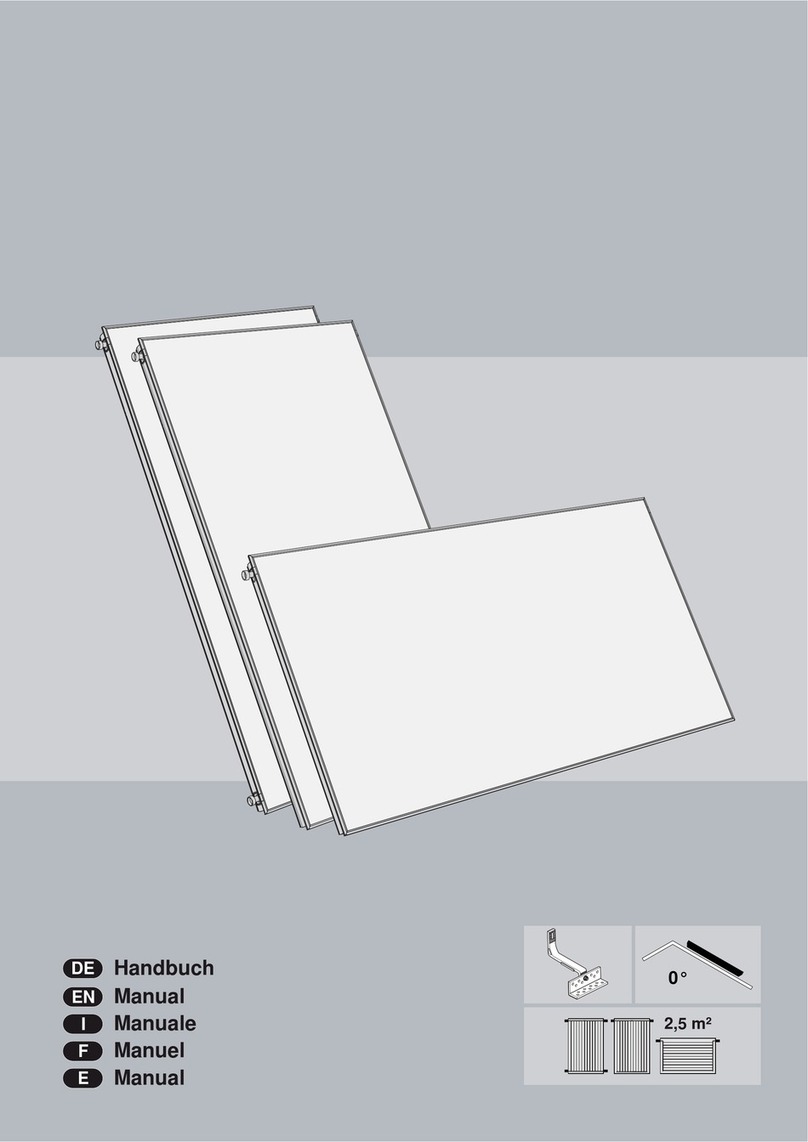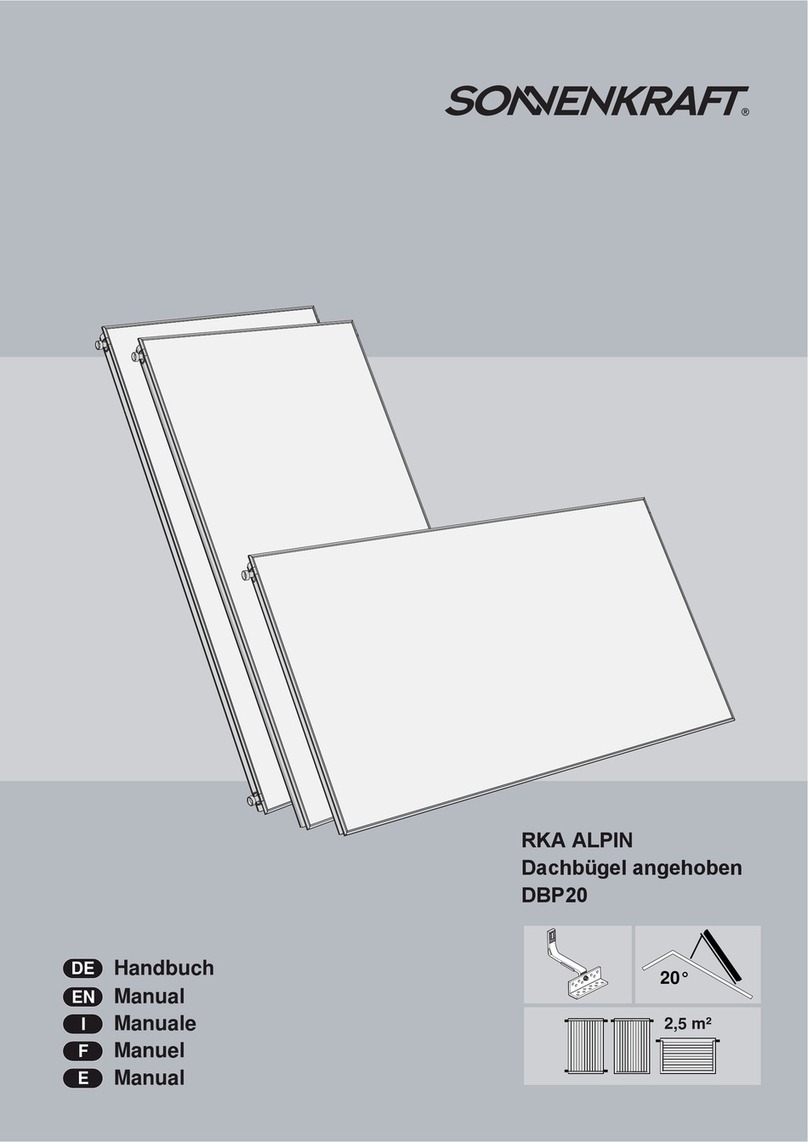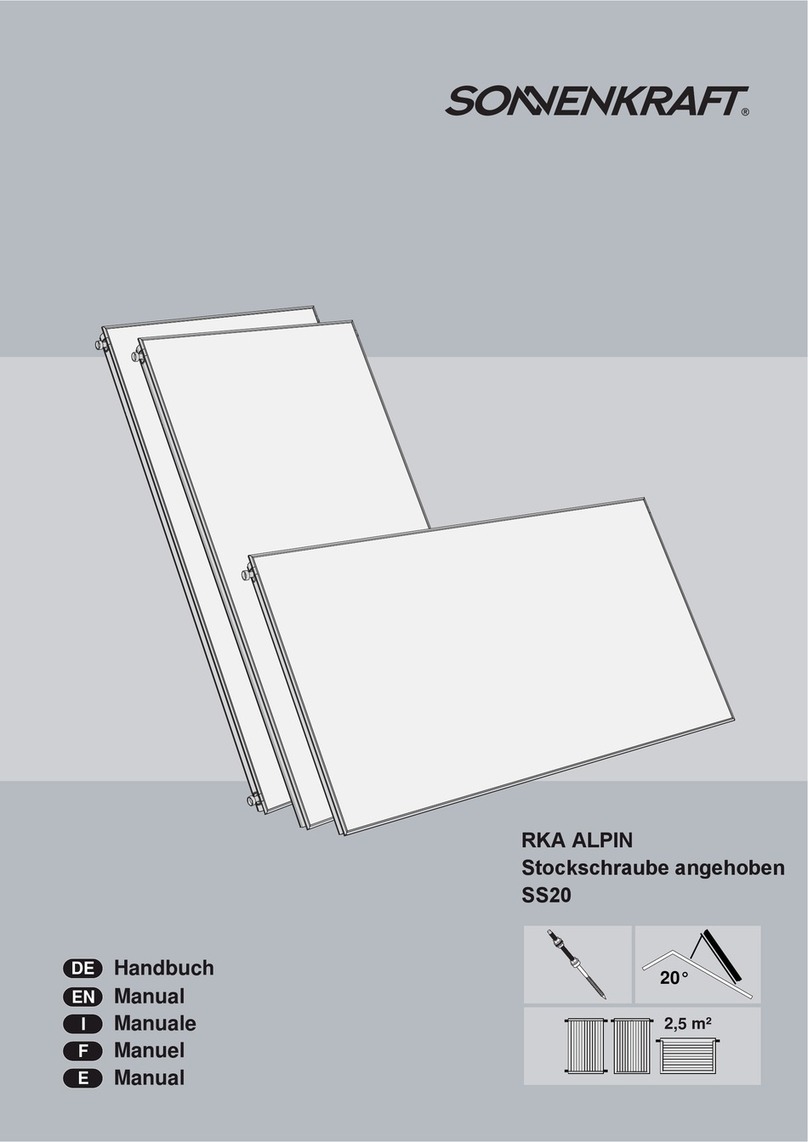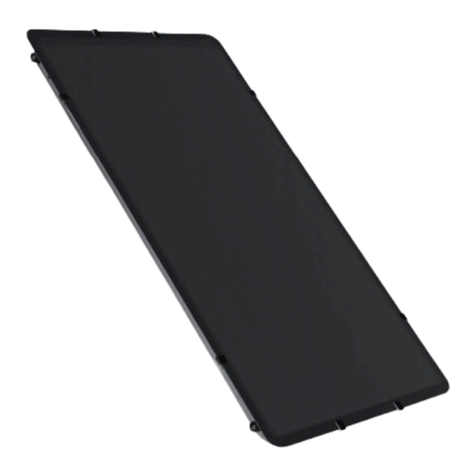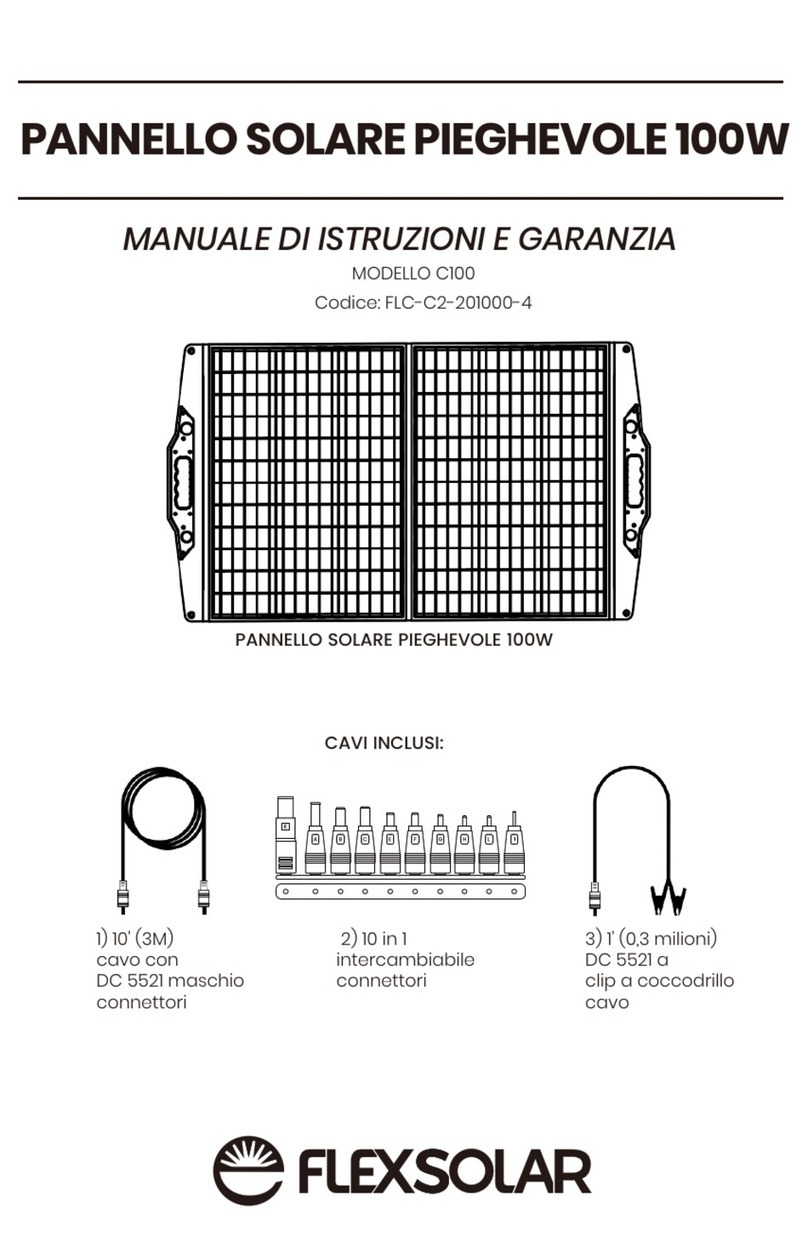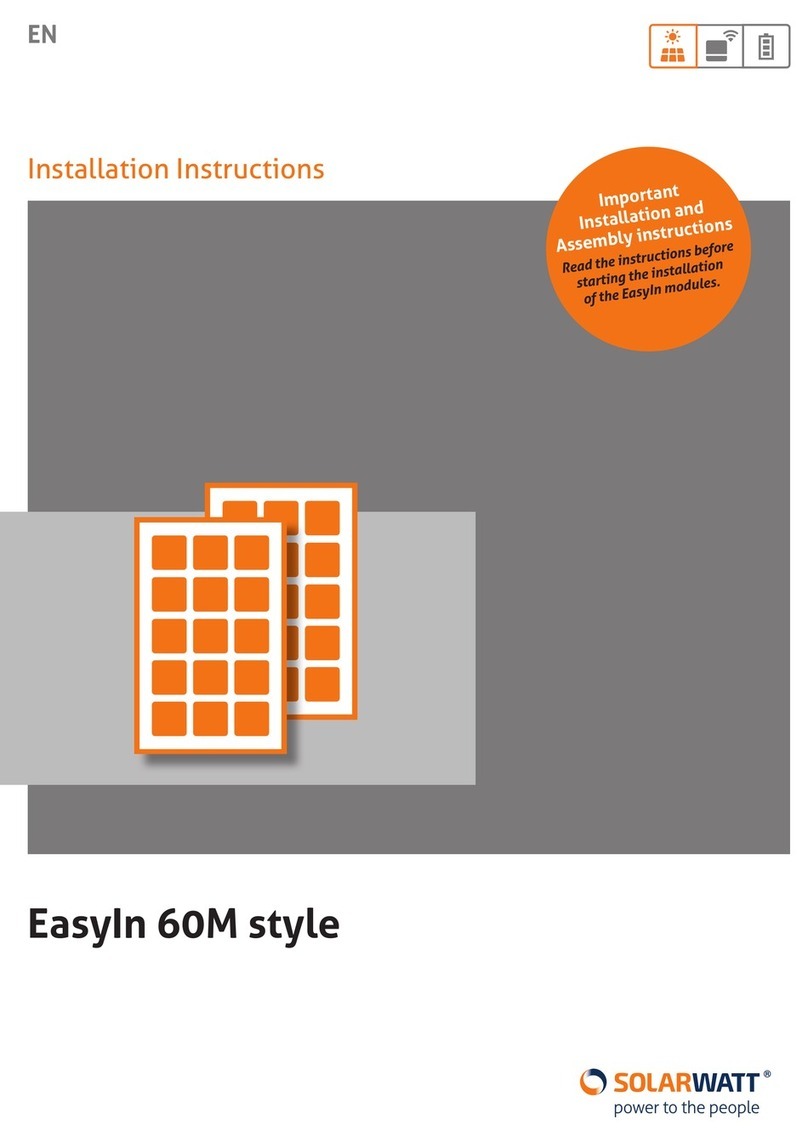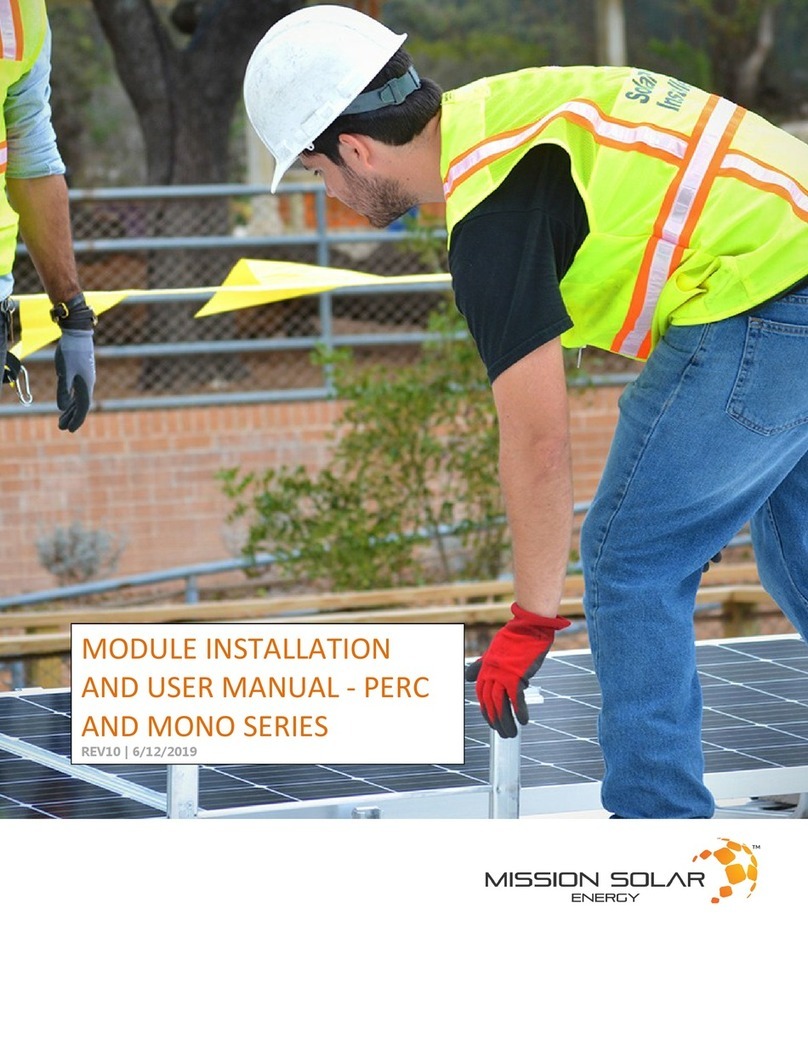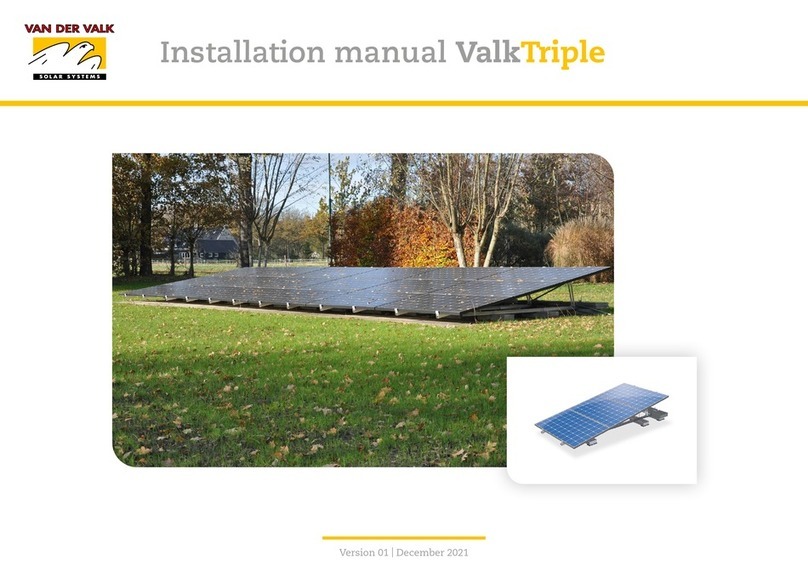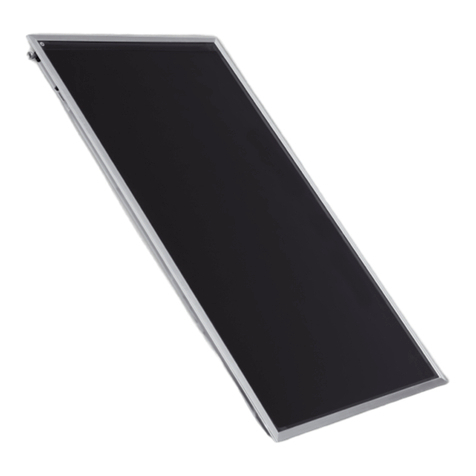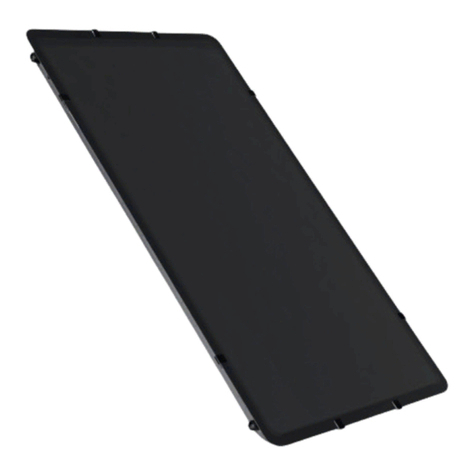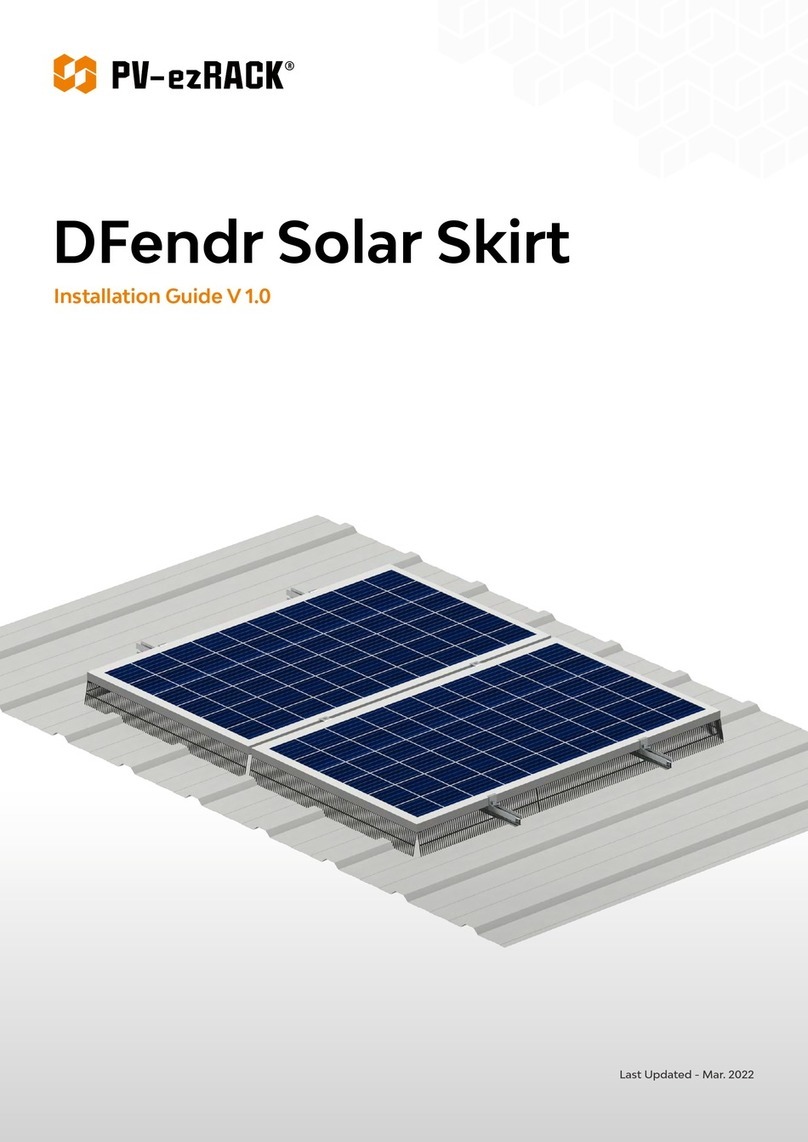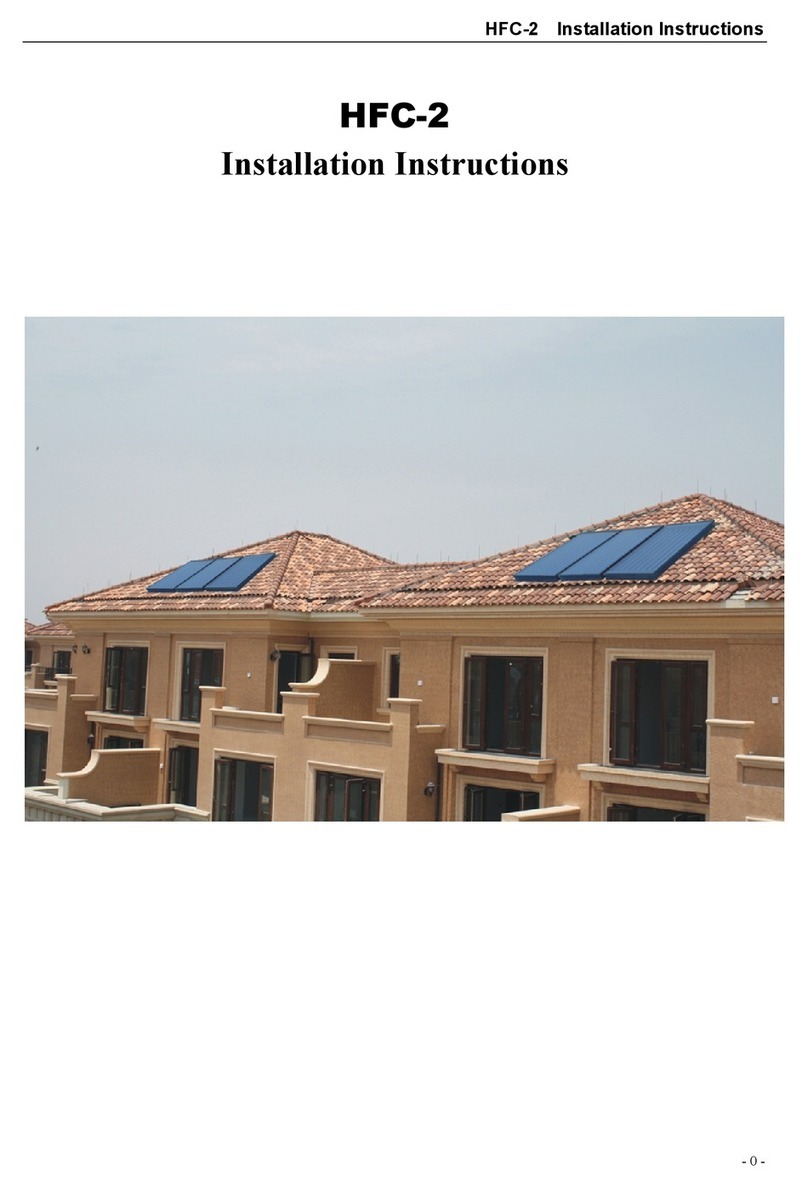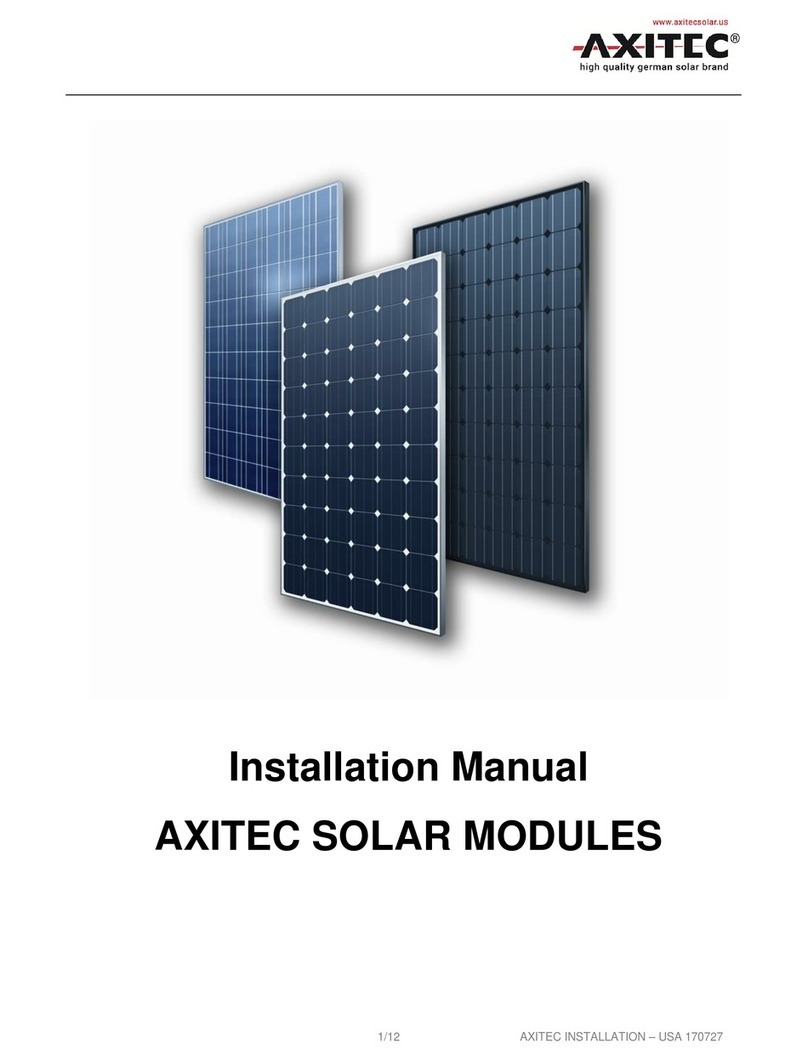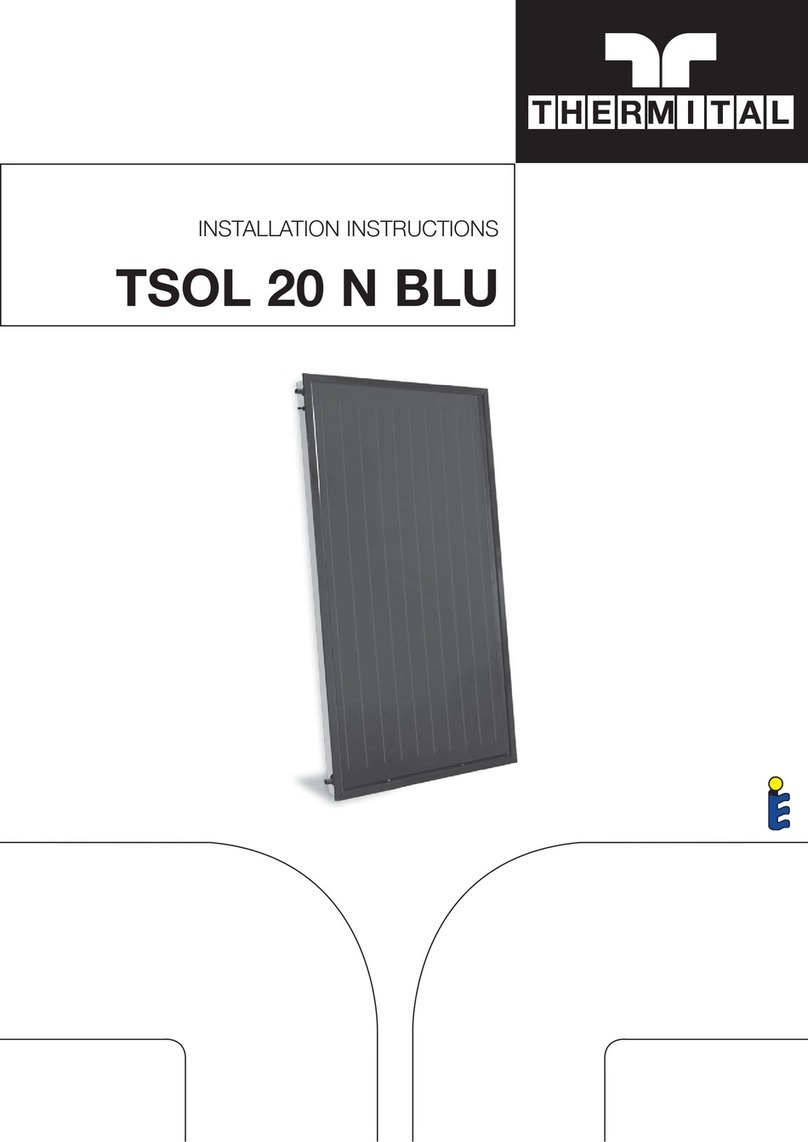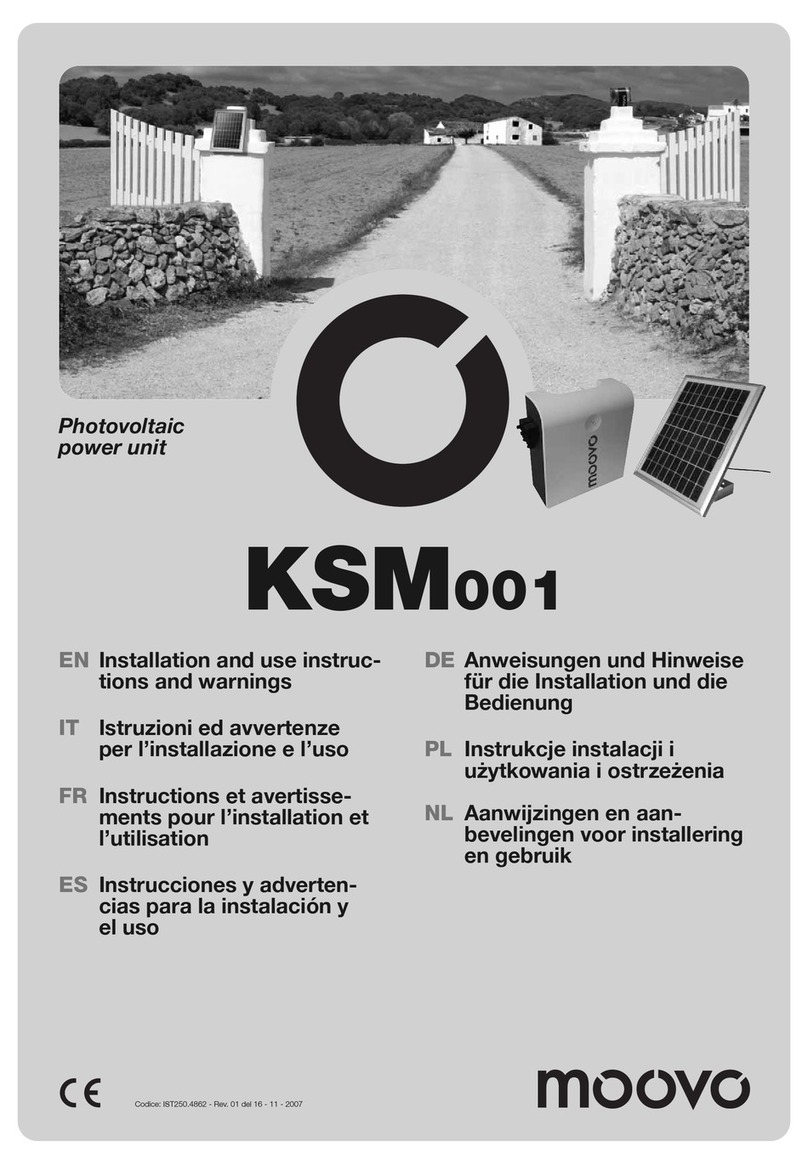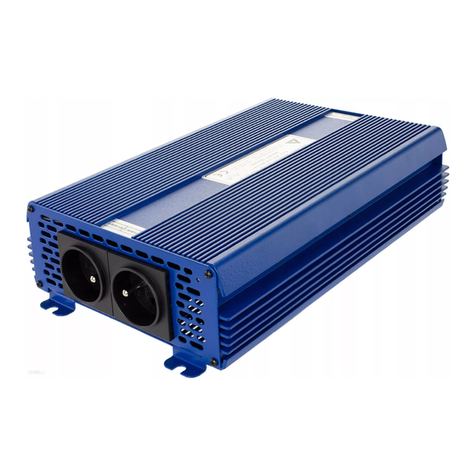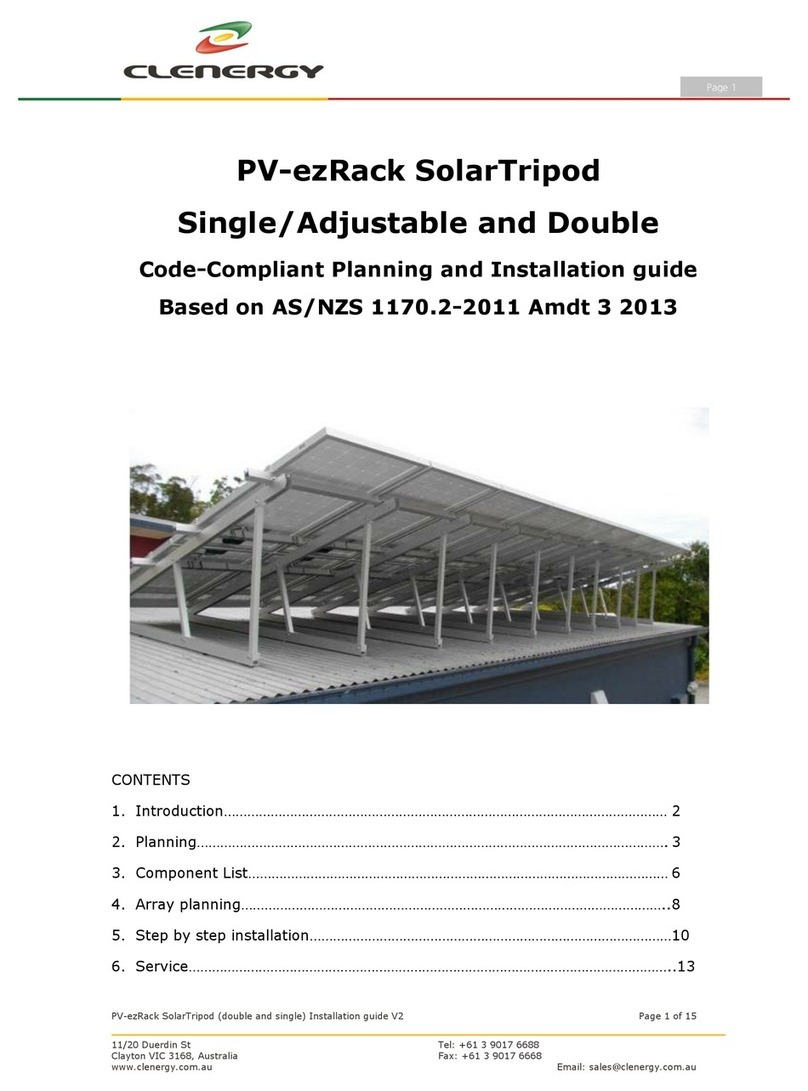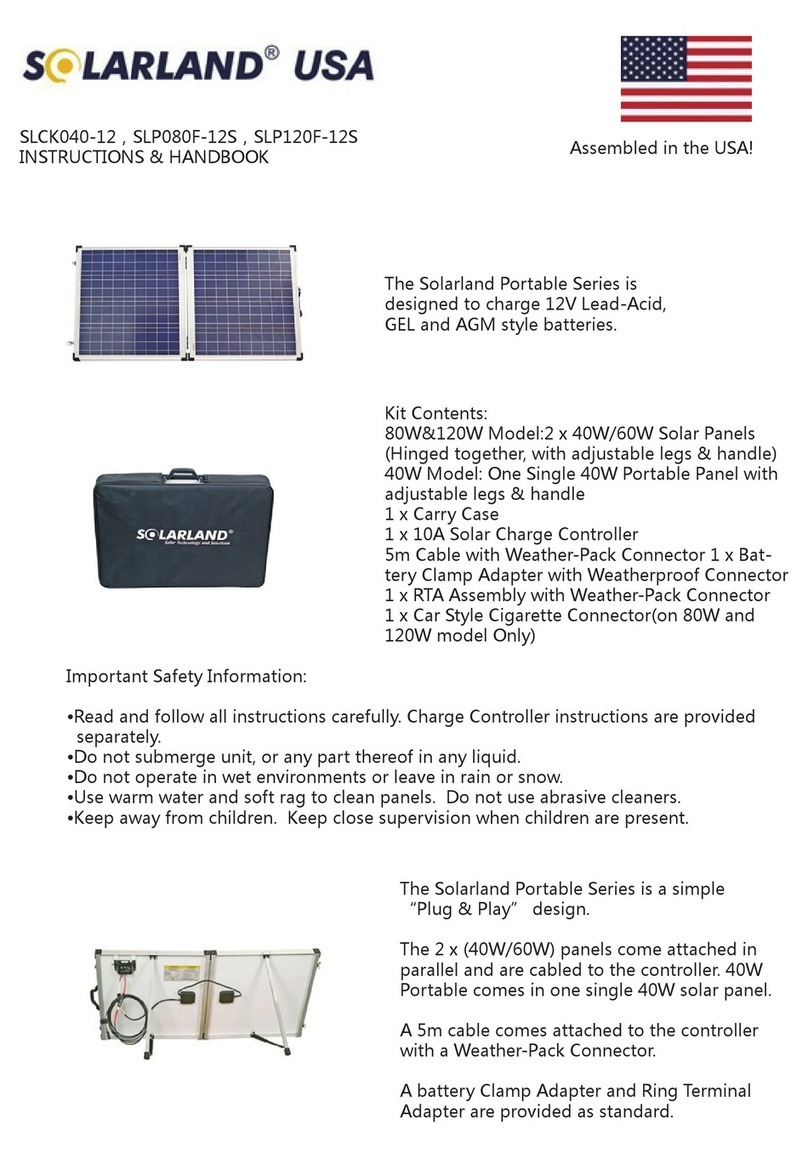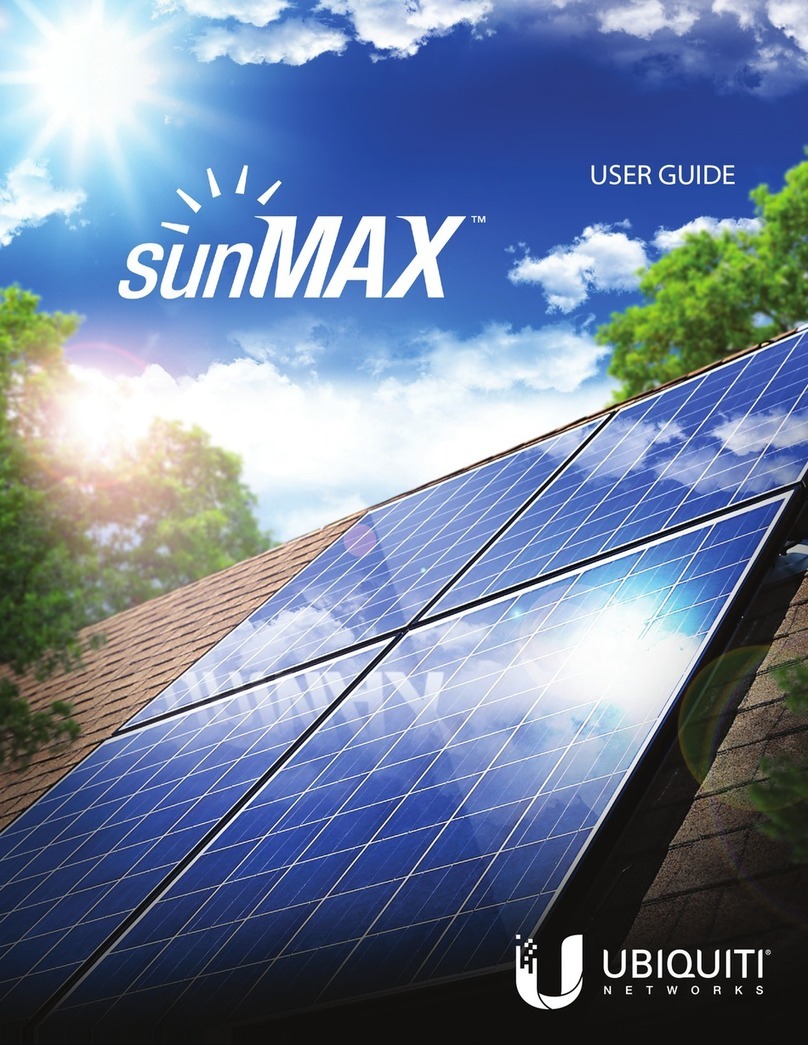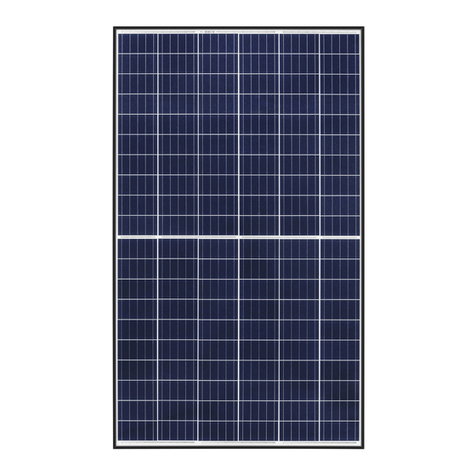
Sicherheitshinweise
Safety information
Avvertenze per la sicurezza
Instructions de sécurité
Advertencias de seguridad
7
Para el montaje sobre tejados es estrictamente
necesario, antes de iniciar los trabajos, instalar
protecciones anticaídas o dispositivos de protección
según la norma DIN 18338 referente a trabajos de
revestimiento e impermeabilización de tejados, y
redes de seguridad para trabajos con andamios
según la norma DIN 18451. Decreto 340/1994 §7-
10 sobre la prevención de riesgos laborales en obras
de construcción. Deben respetarse estrictamente las
prescripciones nacionales vigentes.
A ser posible, fije el arnés de seguridad por encima
del usuario. Fíjelo exclusivamente a estructuras
firmes y estables o puntos de enganche.
Si, por motivos técnicos, no dispone de dispositivos
anticaídas o de protección, debe utilizar arneses de
seguridad.
No utilice escaleras defectuosas, p. ej. escaleras de
madera con travesaños o peldaños rotos, o
escaleras de metal deformadas. No trate de reparar
largueros, segmentos o peldaños de escaleras de
madera.
Utilice exclusivamente aquellos arneses de
seguridad debidamente autorizados y probados (con
correas de sujeción o seguridad, cuerdas y cintas de
unión, amortiguadores de caída, reductores de
correa).
Coloque la escalera de mano de forma segura.
Observe el ángulo de apoyo correcto (68 ° - 75 °).
Asegure la escalera de mano contra posibles
deslizamientos, caídas, escurrimientos y
hundimientos, p. ej. ampliando el pie de la escalera,
con pies guía adecuados para el suelo o dispositivos
de suspensión.
Si no dispone de dispositivos anticaídas o de
protección, corre el riesgo de exponerse a caídas
desde grandes alturas que, sin el uso de arneses de
seguridad, podrían originar lesiones graves o incluso
la muerte.
Apoye las escaleras sólo en los puntos de apoyo
seguros. Asegúrelas mediante acordonamiento en
zonas transitadas.
Cuando se utilizan escaleras de mano pueden
producirse caídas peligrosas, ya que la escalera
puede hundirse, escurrirse o desplomarse.
El contacto con cables aéreos de alta tensión
eléctrica puede ocasionar la muerte.
Cerca de cables aéreos de alta tensión, en donde
hay posibilidad de contacto, sólo es posible trabajar
cuando:
- no circule corriente por los cables, manteniéndose
este estado a lo largo de la ejecución del trabajo.
- las partes en tensión hayan sido cubiertas o se
haya colocado una barra de separación.
- se respete la distancia de seguridad.
Radio de tensión:
1 m para..........................1000 voltios de tensión
3 m para......... de 1000 a 11000 voltios de tensión
4 m para....... de 11000 a 22000 voltios de tensión
5 m para....... de 22000 a 38000 voltios de tensión
> 5 m si se desconoce la tensión
Al taladrar y trabajar con colectores de tubo de
vacío (peligro de implosión) utilice gafas
protectoras.
Utilice botas de seguridad durante el montaje.
Al montar los colectores y trabajar con colectores de
tubo de vacío (peligro de implosión) utilice guantes
de trabajo a prueba de cortes.
El fabricante se compromete a aceptar la devolución
de productos y materiales marcados con el signo del
medio ambiente y llevarlos a un punto de reciclaje.
Sólo se puede utilizar el medio caloportador
prescrito.
Utilice el casco durante el montaje.




